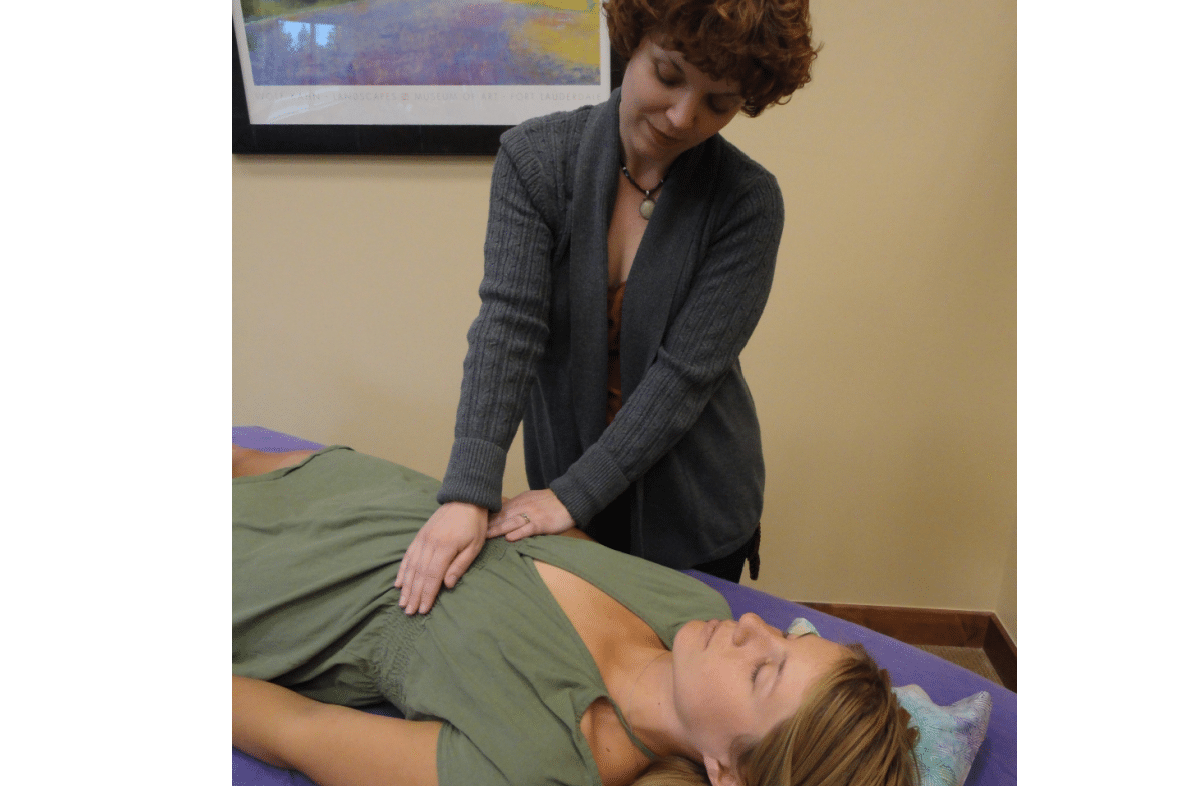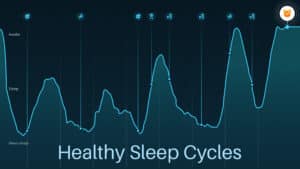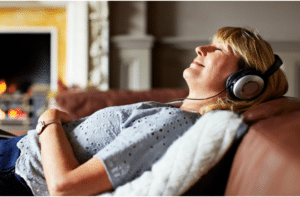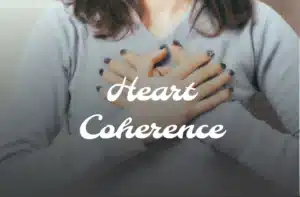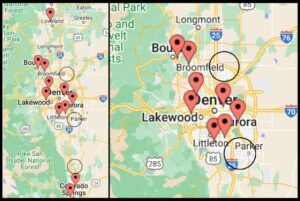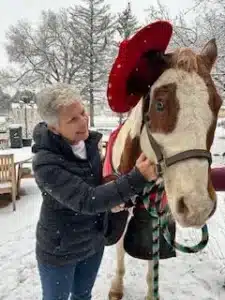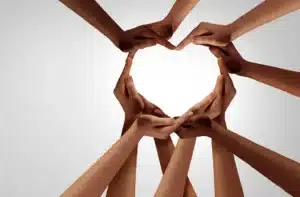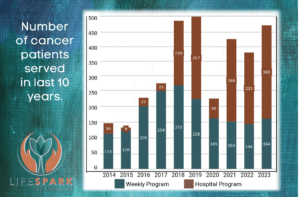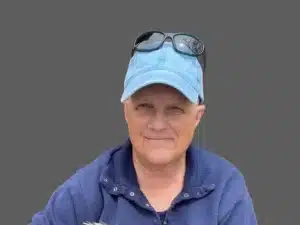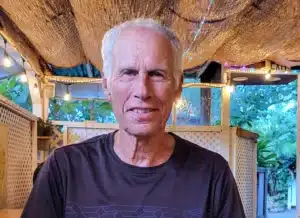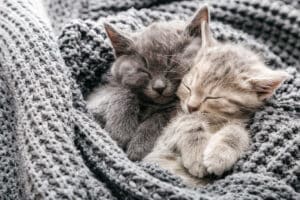By Bob Reynolds
Reiki Runs Through Everything
Kimberly Hedden-Welch’s living room gives a hint of the myriad facets of her life: Her walls and shelves are festooned with art of many sorts, from sketches of graphic novel superheroes to landscapes and cathedrals. One feels drawn in, welcomed into her world. Warm colors and rich textures predominate, like the exotic woven cushion covers on her sofa. Her six or seven Tibetan “singing bowls” sit arranged on a table, as though eager to perform for you—as eager as Kimberly is to share her knowledge of Reiki and other therapies.
“A Reiki session feels like putting my hands in gentle, flowing water,” Kimberly says. “It’s a serene experience for myself and my participants … It’s a quiet, ‘yin’ type of treatment.”
Kimberly doesn’t take the credit for healing, since the participant—the person being touched—is an active partner in the process. She believes that, whether we’re aware of it or not, our bodies know how to heal themselves. “There’s an agreement between you and the universe, and I’m just the messenger,” Kimberly says. “Practitioners tend to be very empathic and want to ‘fix’ things. But I’m not taking or giving anything … And you can’t give Reiki to someone who doesn’t want it!”
Kimberly got her master’s degree in Somatic Counseling Psychotherapy in 2006, and began studying Reiki in 2005; she has been a Reiki master since 2008. Last year she became certified as a Medical Reiki Master Practitioner, which means that she can provide Reiki in a hospital operating room. Kimberly has completed over 200 hours of service with LifeSpark participants, and more than 1,000 hours in her private practice. She also teaches all levels of Reiki, in groups or individually.
As she understands it, “the ability to perform Reiki is inborn but dormant” in everyone; the training process (referred to as “attunement”) merely activates it. Kimberly sees herself as a conduit “straw” that brings healing energy into an ailing person. In her view, a Reiki trainee is like “a house already wired for electricity, but the breaker switches just need to be flipped on.”
Kimberly’s mother influenced her approach to helping others be well. “My mother Carolyn gave me a great gift,” she remembers. “She was a three-time breast-cancer survivor. When she was raising me she made sure that I understood that ‘This is my experience, my journey through this life. Just because it happens to me doesn’t mean it’s meant to happen to you.’ I always really appreciated her saying that … It really introduced me to the power of belief, and the role of that in healing—whether a participant believes that cancer is a punishment, or a wake-up call from God, or a call to return to their body … There are so many responses to it.”
Kimberly’s first eight participants with LifeSpark were all women; three of them were 50 or older. Each experienced Reiki in different ways. Some would relax immediately and sigh contentedly while others very much needed to talk during their session as they learned to relax chronically tight muscles. Others would fall asleep almost instantly.
In Kimberly’s experience, everyone reacts to cancer differently—even when they have the same type of cancer. “I can ask three breast cancer participants, for instance, and they’ll report wildly different experiences,” she says. “These two went through chemo, but this one had horrible pain. This other one says, ‘Meh! I’m fine.’ And that one was really stressed out. There’s no ‘right’ way to deal with it.”
Kimberly often perceives pain (or “disharmony”) in someone as a kind of static on her hands—literally like electricity, or like what a radio sounds like when it’s between stations. Most practitioners report that their hands feel quite warm during sessions with participants. But that depends on the type of malady she is working with. Kimberly says, “When a [participant’s physical] condition is already hot, like a fever, I feel the energy come out cool,” she reports. The flow doesn’t always come out evenly, either. “Our body’s ecology is like the natural world,” she explains. “Sometimes it seems like there’s been a drought, a mudslide, or a flood … So Reiki goes where it is needed, in the way that it’s needed … You pull the energy as much or as little as you need.”
Kimberly says, “I hold a deep appreciation and respect for the divine gift that Reiki has been in my personal and professional life. I joyfully volunteer [for LifeSpark] out of gratitude for Reiki energy and also in honor of my deceased mother, who would have loved to have the complimentary services provided by LifeSpark when she navigated her breast cancer in the 1970s, when such services were unheard of in her part of the country.”
“I think that’s what makes me so passionate about the work that I do. It’s been instrumental in not only making me healthy but in keeping me that way. And I very specifically won’t do anything with anybody else that I haven’t thoroughly experienced for myself!”
“Reiki tends to run through everything I do,” Kimberly says. That connection with the universal, and her belief that everything in the universe is connected, have informed her eclectic view of wellness, and the methods she uses to promote it.

